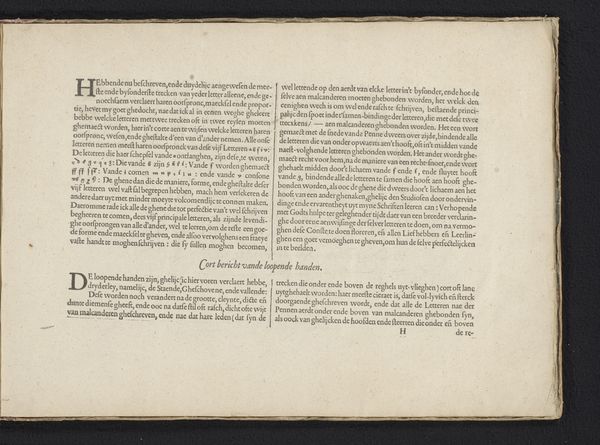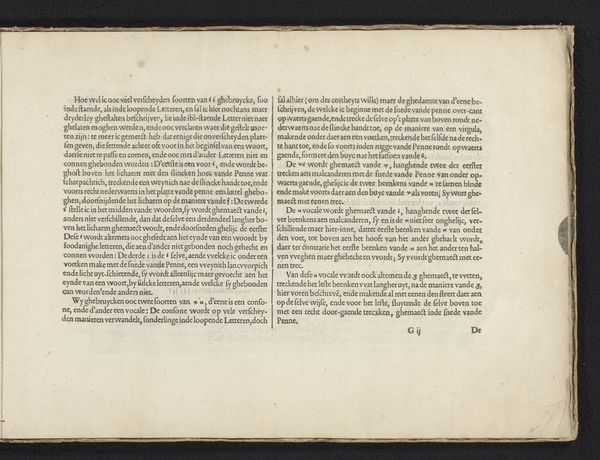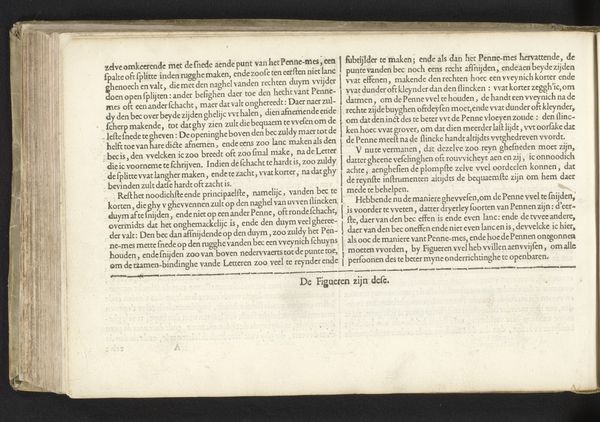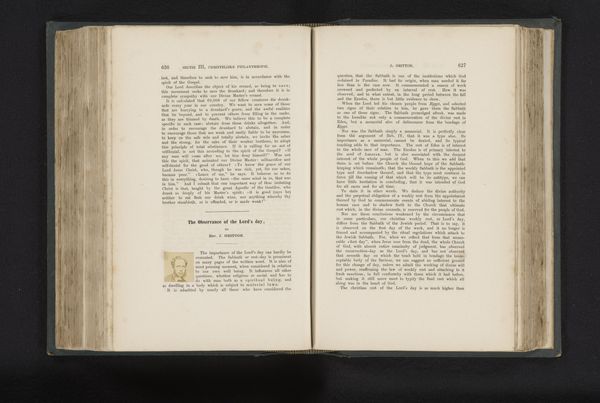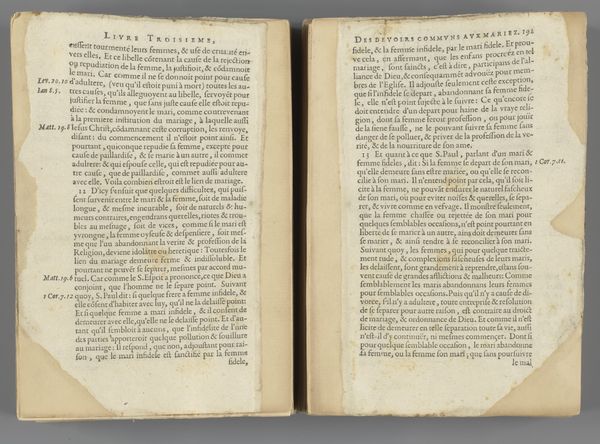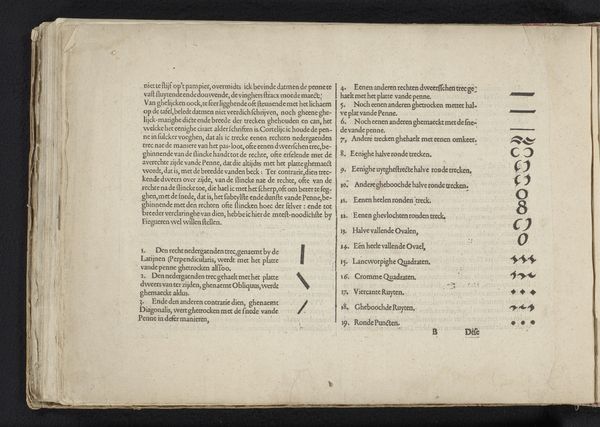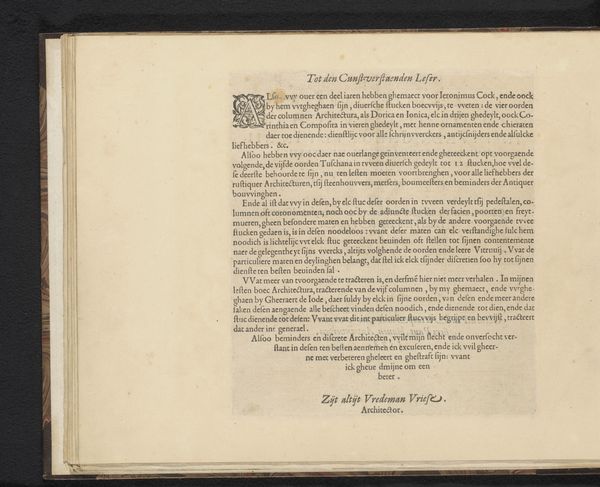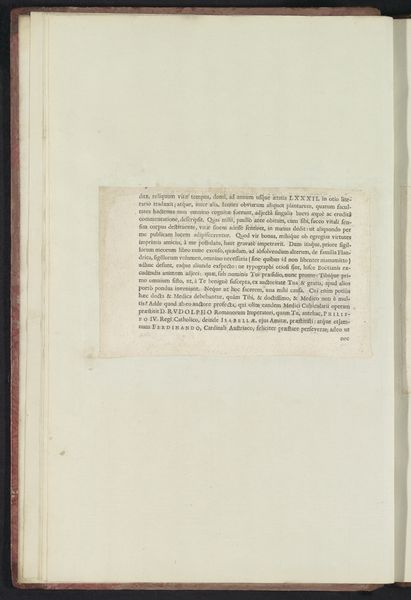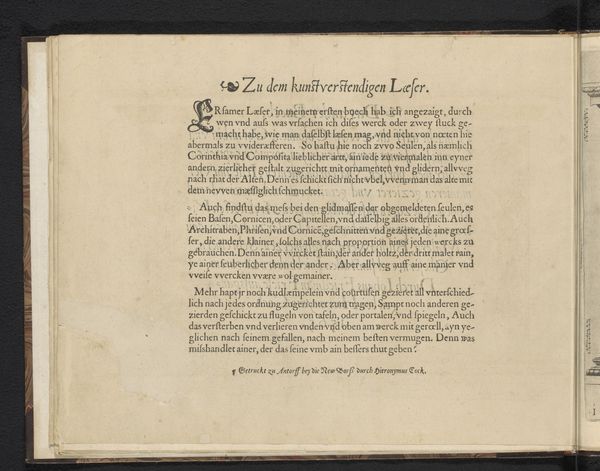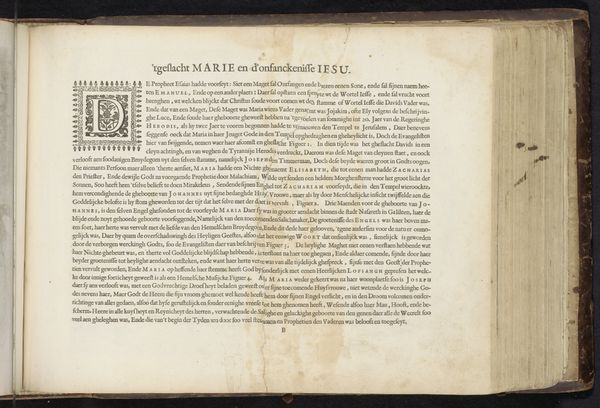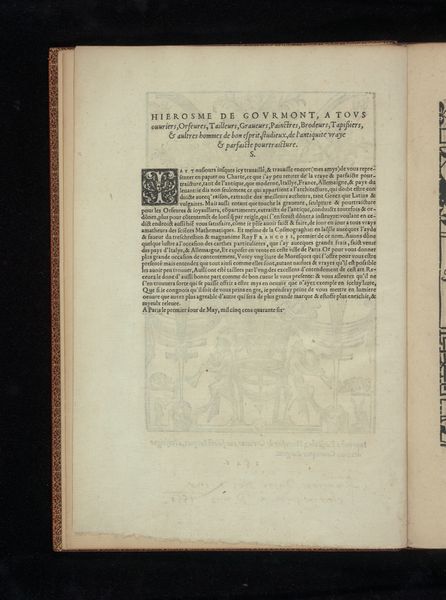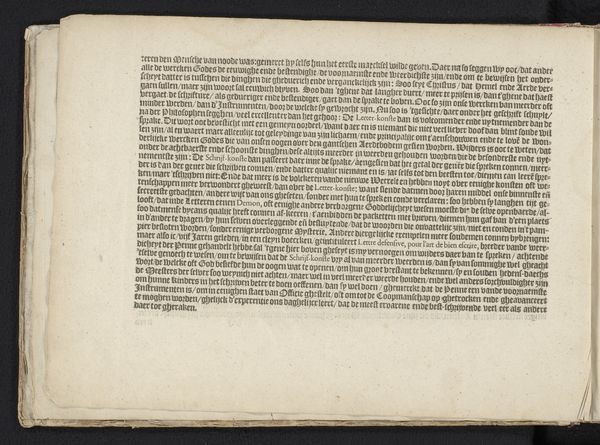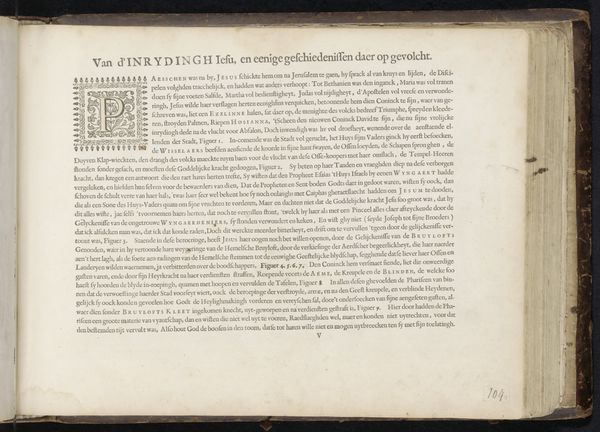
print, paper, typography
#
dutch-golden-age
# print
#
paper
#
typography
#
coloured pencil
#
history-painting
#
watercolor
Dimensions: height 330 mm, width 190 mm
Copyright: Rijks Museum: Open Domain
Curator: This intriguing print, titled "Pamphlet Against the Establishment of Companies in Amsterdam, 1720," presents a fascinating insight into the financial and social anxieties of the Dutch Golden Age. Anonymous authorship only adds to its mysterious allure. What's your initial take on it? Editor: It feels like a potent visual and textual statement. I'm immediately struck by its direct engagement with contemporary economic issues—the fervor of the writing and density of the print immediately bring a sense of unease and urgency to the foreground. Curator: Absolutely. We need to consider Amsterdam in 1720, a time rife with speculative fervor. These burgeoning companies were the epicenter of both immense wealth creation and catastrophic risk, primarily for laborers. Looking at the composition, typography becomes more than just a means of communication. The way the letters and paragraphs are constructed speaks to the very core of mass production and public engagement. Editor: I appreciate that, emphasizing how form reinforces content, really gets to the root of the print as a cultural object embedded in a specific socio-economic climate. The history painting element flagged may be somewhat misleading, but it highlights the document's perceived historical significance; or that someone believed the contemporary situation it documents and engages with will be considered "history" at some future point. Curator: I think that history tag gets to the symbolic struggle central to such historical objects, indeed. These pamphlets offer ordinary readers of the day to weigh in with their pennies on significant power structures being proposed. This is not something reserved just for the elites to participate in. Editor: Right, exactly. In this regard, these texts are interesting testaments to emerging capitalist social spaces and anxieties over trust, debt, exploitation, labor. The historical context of rampant speculation—and its fallout when these bubbles invariably burst and the economy fails—also illuminates current critiques of neoliberal models where such problems of worker exploitation continue apace, undergirding historical parallels. Curator: I completely agree, especially regarding parallels to today’s economic precariousness, even though the printing techniques are markedly different than current digital mass communications. So in closing, I think this humble pamphlet reveals deeper historical trends about materials, trust, and our constant re-negotiations with power. Editor: Definitely. This little-known anonymous piece helps highlight recurring debates across social struggles regarding the tensions between social good and capital—which often play out in unequal and often harmful ways.
Comments
No comments
Be the first to comment and join the conversation on the ultimate creative platform.
